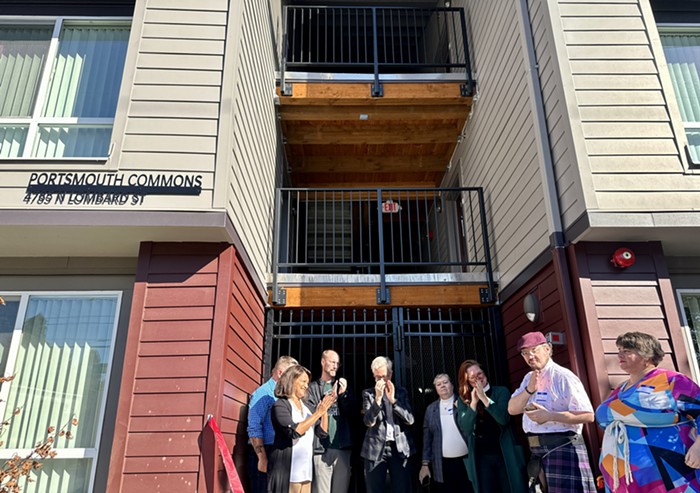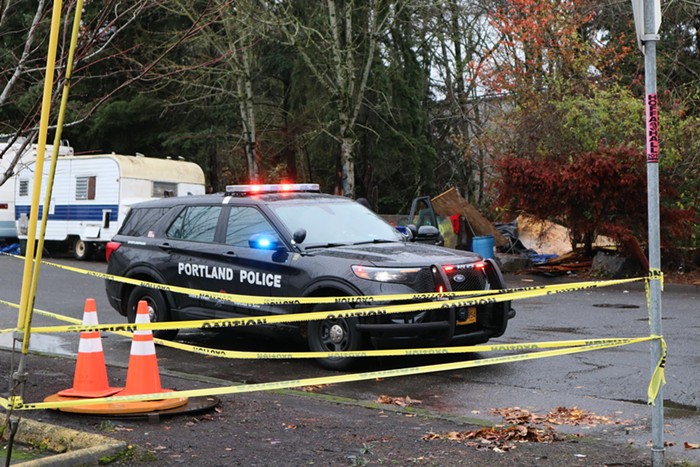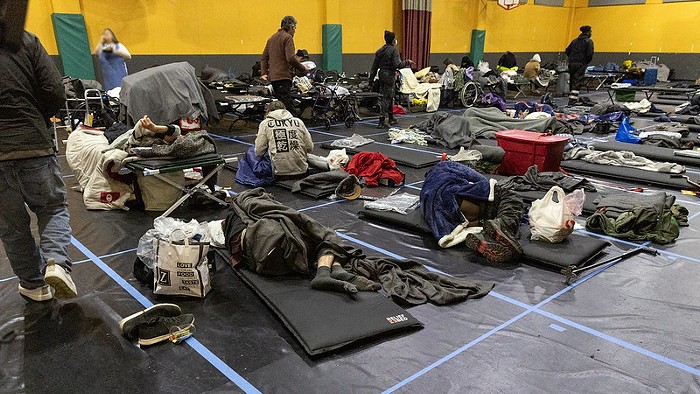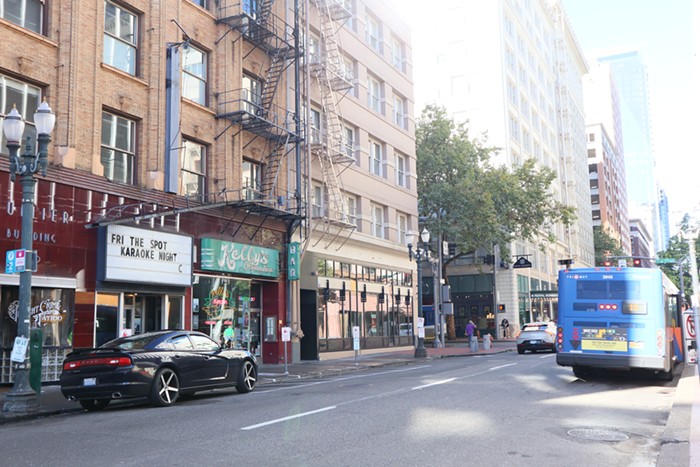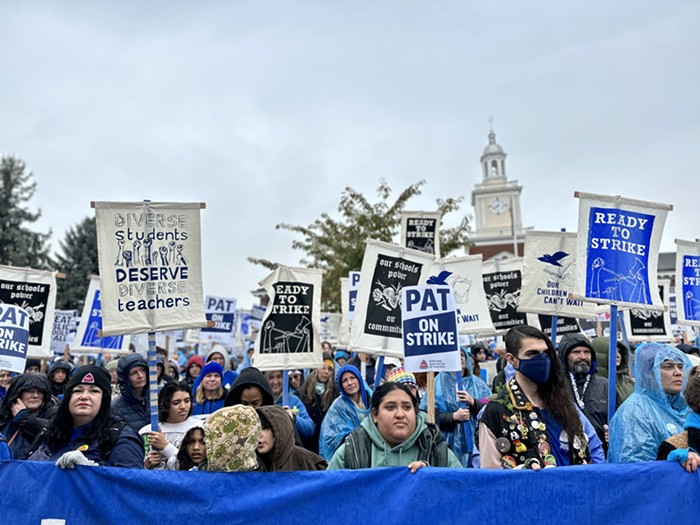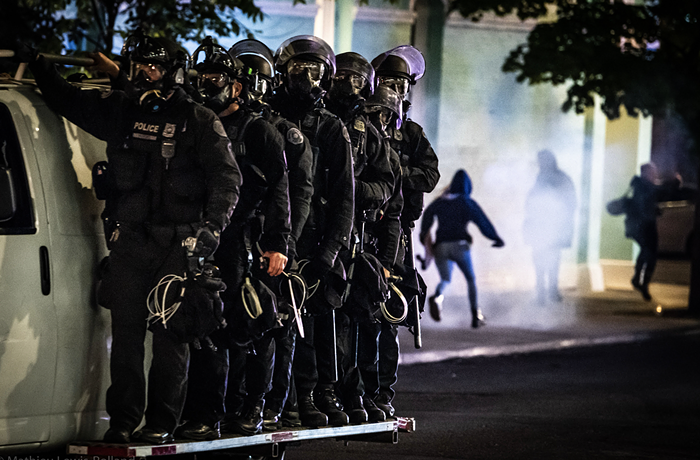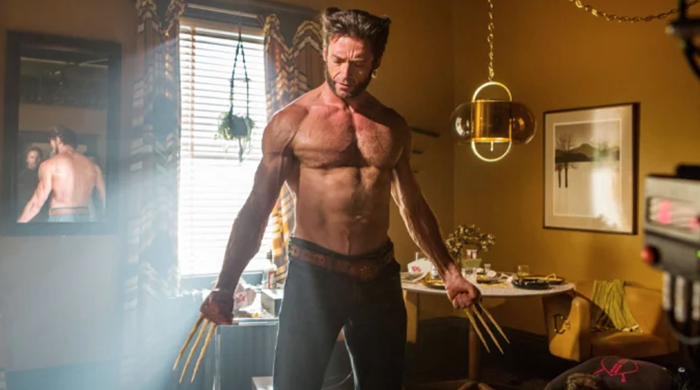MAJOR MEDIA OUTLETS captured the main agreement from August 9's landmark meeting of Columbia River Crossing's (CRC) leaders: Yes, the new $3.6 billion I-5 bridge to Vancouver will now be 10 lanes wide, not 12.
But Monday's upbeat discussion on the downsized bridge merely touched on the major problems that have recently emerged concerning the bridge's design and decision-making process.
Tom Warne, the head of an expert panel that Oregon and Washington's governors pulled together to review the controversial bridge, phoned into the meeting to deliver a stern report.
Though critics feared Warne's committee would just rubberstamp the governor-backed bridge project, the review pointed out that the double-decker, open-web design for the CRC is untested anywhere else in the world. The experimental nature of the design will require three years of additional engineering to the estimated tune of $600,000.
"That doesn't mean it shouldn't be built, we're just saying it's unique," said Warne. "The bottom line is there's more work that needs to be done in order to advance the design."
Mayor Sam Adams followed up Warne's comment with his own critique: The bridge design is ugly and not worth the $3.6 billion price tag.
Mayor Adams has the right to a little swagger. The downsize from 12 lanes to 10 was agreed upon only thanks to a $100,000 study his office commissioned this summer ["The Eight-Lane Option," News, July 1] to figure out the impact of cutting two lanes, a question that $40.3 million in CRC planning and design work had never resolved.
That's another one of the problems noted in the expert review report: "Decision-making appears cumbersome."
Local groups critical of the current bridge plan are hardly applauding a reduction from 12 lanes to 10.
Feisty "Stop the CRC" activists outside the meeting chastised Adams for signing on to any plan that moves the bridge forward. Meanwhile, the coalition of big green groups aligned against the bridge plan issued a harsh letter calling for more study of alternative designs. The letter, from Environment Oregon, the Bicycle Transportation Alliance (BTA), and Coalition for a Livable Future, among others, said the bridge's big budget would "lock up the state, federal, and other transportation funding sources for the next decade" and eventually increase greenhouse gas emissions.
"We clearly shouldn't all just be singing 'Kumbaya' around a 10-lane bridge," says BTA advocate Gerik Kransky.

